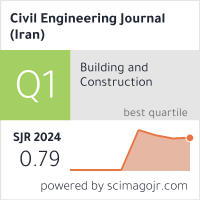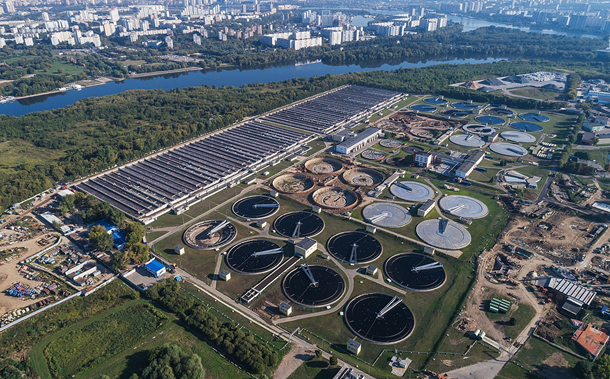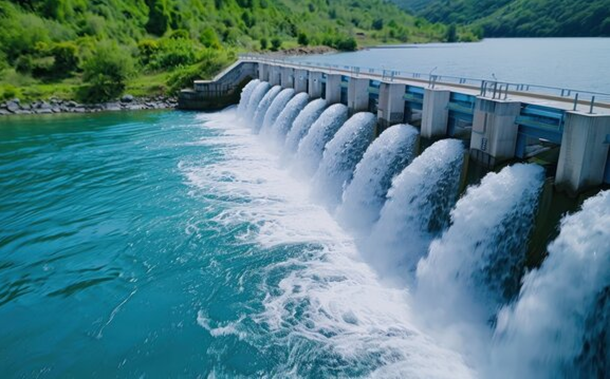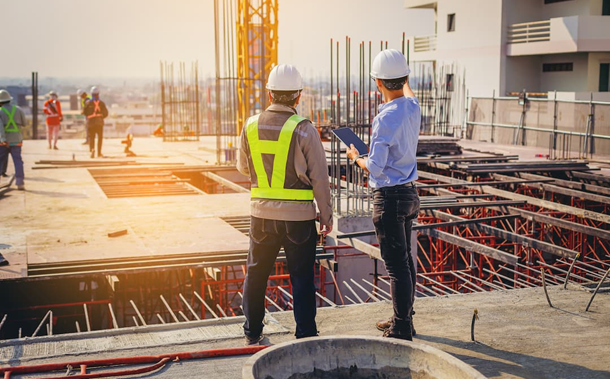Flexural Behaviour of Prestressed Post-Tension Voided Biaxial Slab Under Uniformly Distributed Load
Downloads
Doi:10.28991/CEJ-2025-011-05-09
Full Text:PDF
Downloads
[2] Cobiax Technologies. (2010). Cobiax Engineering Manual. Cobiax Technologies AG, Schaffhausen, Switzerland.
[3] BubbleDeck Technology. (2008). BubbleDeck Voided Flat Slab Solutions - Technical Manual and Documents. BubbleDeck Technology, Farum, Denmark.
[4] Daliform Group. (2022). U-Boot Beton - disposable formwork for two-way voided slabs in reinforced concrete cast on site. Daliform Group, Gorgo al Monticano, Italy.
[5] Harding, P. (2004). BubbleDeck–Advanced structure engineering. BubbleDeck Technology, Farum, Denmark.
[6] Jang, S., Melrose, M. D., & Sesil, D. A. (2016). Columbia Medical Center\s Vertical Campus. Proceedings of the Architectural Institute of Korea Conference, 1479-1486.
[7] Anusha, M., Surendra, H. J., Vinod, B. R., & Bhavya, S. (2022). Modelling using finite element analysis in the structural behavior of bubble deck slab. Materials Today: Proceedings, 66, 2397–2404. doi:10.1016/j.matpr.2022.06.337.
[8] Khouzani, M. A, Zeynalian, M., Hashemi, M., Mostofinejad, D., & Farahbod, F. (2020). Study on shear behavior and capacity of biaxial ellipsoidal voided slabs. Structures, 27, 1075–1085. doi:10.1016/j.istruc.2020.07.017.
[9] Sagadevan, R., & Rao, B. N. (2019). Effect of void former shapes on one-way flexural behaviour of biaxial hollow slabs. International Journal of Advanced Structural Engineering, 11(3), 297–307. doi:10.1007/s40091-019-0231-7.
[10] Pawar, A. J., Patil, Y. D., Vesmawala, G. R., Dhake, P. D., & Nikam, J. S. (2024). Investigating the flexural behaviour of biaxial voided slab with varying size and spacing of cuboidal shaped void formers with innovative type of fixing reinforcement. Structures, 64, 106616. doi:10.1016/j.istruc.2024.106616.
[11] Chung, J. H., Jung, H. S., & Choi, H. K. (2022). Flexural Strength and Stiffness of Donut-Type Voided Slab. Applied Sciences (Switzerland), 12(12), 5782. doi:10.3390/app12125782.
[12] Bhamare, V.P., Jadhao, P.D., Pawar, A.J. (2019). Design and Experimental Study of Voided Slab with Proposed New Shape of Void Former. Smart Technologies for Energy, Environment and Sustainable Development. Lecture Notes on Multidisciplinary Industrial Engineering. Springer, Singapore. doi:10.1007/978-981-13-6148-7_51.
[13] Khouzani, M. A., Zeynalian, M., Hashemi, M., Mostofinejad, D., Farahbod, F., & Shahadifar, M. (2021). A numerical study on flexural behavior of biaxial voided slabs containing steel cages. Journal of Building Engineering, 44, 103382. doi:10.1016/j.jobe.2021.103382.
[14] Vinod Kumar, M., & Hamza, T. A. (2020). Finite element analysis on effect of different ball spacing in bubble deck lightweight concrete slab. IOP Conference Series: Materials Science and Engineering, 872(1), 12124. doi:10.1088/1757-899X/872/1/012124.
[15] Sagadevan, R., & Rao, B. N. (2020). Flexural Behavior of Reinforced Concrete Biaxial Voided Square Slabs. ACI Structural Journal, 117(5), 3–14. doi:10.14359/51724664.
[16] Pawar, A. J., Mathew, N. S., Dhake, P. D., & Patil, Y. D. (2022). Flexural behavior of Two-Way voided slab. Materials Today: Proceedings, 65, 1534–1545. doi:10.1016/j.matpr.2022.04.500.
[17] Jain, N., Hussain, A. (2022). Numerical Analysis on Voided Slab with Different Reinforcement on ANSYS 2020R1. I) Advances in Construction Materials and Sustainable Environment. Lecture Notes in Civil Engineering, 196, Springer, Singapore. doi:10.1007/978-981-16-6557-8_41.
[18] Sagadevan, R., & Rao, B. N. (2021). Experimental and analytical investigations on two-way flexural capacity of biaxial voided slab. Structures, 81, 233–247. doi:10.1007/978-981-15-5235-9_18.
[19] Jain, N., & Hussain, A. (2024). Analytical investigation and cost comparison on voided slab using ABAQUS. Asian Journal of Civil Engineering, 25(5), 4121–4132. doi:10.1007/s42107-024-01035-7.
[20] Mahmoudian, A., Mahmoudi, M., Yekrangnia, M., Tajik, N., & Mohammadzadeh Taleshi, M. (2025). A novel machine learning-based approach to determine the reduction factor for punching shear strength capacity of voided concrete slabs. Discover Civil Engineering, 2(1). doi:10.1007/s44290-025-00181-4.
[21] Chung, J. H., Bae, B. Il, Choi, H. K., Jung, H. S., & Choi, C. S. (2018). Evaluation of punching shear strength of voided slabs considering the effect of the ratio b0/d. Engineering Structures, 164, 70–81. doi:10.1016/j.engstruct.2018.02.085.
[22] ACI 318-19. (2019). ACI 318-19 Building Code Requirements for Structural Concrete (ACI 318-19) and Commentary (ACI 318R-19). American Concrete Institute (ACI), Michigan, United States. doi:10.14359/51716937.
- Authors retain all copyrights. It is noticeable that authors will not be forced to sign any copyright transfer agreements.
- This work (including HTML and PDF Files) is licensed under a Creative Commons Attribution 4.0 International License.![]()















